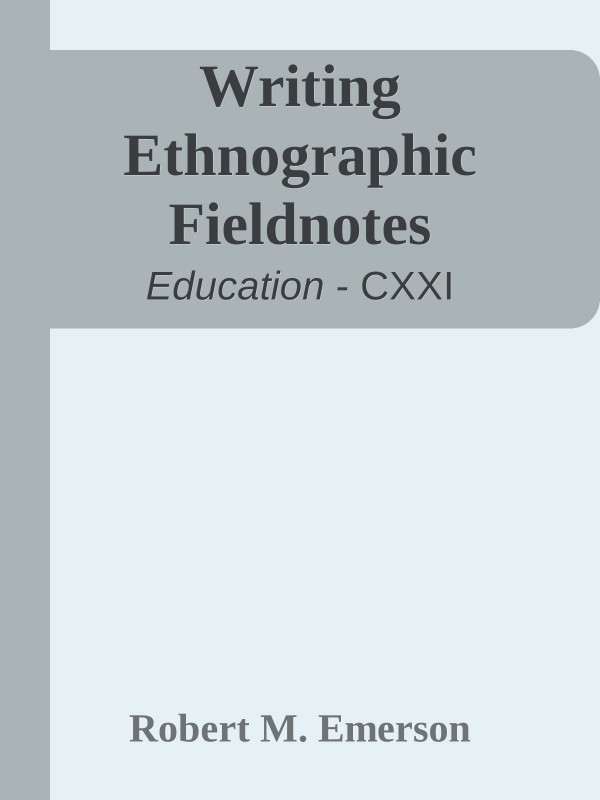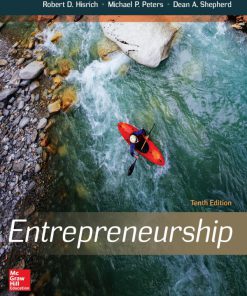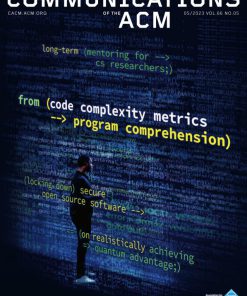(Ebook PDF) Writing Ethnographic Fieldnotes 1st edition by Robert Emerson, Rachel Fretz, Linda Shaw 0226206866 9780226206868 full chapters
$50.00 Original price was: $50.00.$25.00Current price is: $25.00.
Authors:Robert M. Emerson , Series:Education [121] , Author sort:Emerson, Robert M. , Languages:Languages:eng , Published:Published:May 2000 , Publisher:University of Chicago Press
Writing Ethnographic Fieldnotes 1st edition by Robert M. Emerson, Rachel I. Fretz, Linda L. Shaw – Ebook PDF Instant Download/DeliveryISBN: 0226206866, 9780226206868
Full download Writing Ethnographic Fieldnotes 1st edition after payment.

Product details:
ISBN-10 : 0226206866
ISBN-13 : 9780226206868
Author : Robert M. Emerson, Rachel I. Fretz, Linda L. Shaw
In Writing Ethnographic Fieldnotes, Robert M. Emerson, Rachel I. Fretz, and Linda L. Shaw present a series of guidelines, suggestions, and practical advice for creating useful fieldnotes in a variety of settings, demystifying a process that is often assumed to be intuitive and impossible to teach. Using actual unfinished notes as examples, the authors illustrate options for composing, reviewing, and working fieldnotes into finished texts. They discuss different organizational and descriptive strategies and show how transforming direct observations into vivid descriptions results not simply from good memory but from learning to envision scenes as written. A good ethnographer, they demonstrate, must learn to remember dialogue and movement like an actor, to see colors and shapes like a painter, and to sense moods and rhythms like a poet.
Writing Ethnographic Fieldnotes 1st Table of contents:
1. Fieldnotes in Ethnographic Research
Ethnographic Participation
The Complexities of Description
Inscribing Experienced/Observed Realities
Implications for Writing Fieldnotes
Reflections: Writing Fieldnotes and Ethnographic Practice
2. In the Field: Participating, Observing, and Jotting Notes
Participating in Order to Write
What Are Jottings?
Making Jottings: How, Where, and When
Reflections: Writing and Ethnographic Marginality
3. Writing Fieldnotes I: At the Desk, Creating Scenes on a Page
Moving from Field to Desk
Recalling in Order to Write
Writing Detailed Notes: Depiction of Scenes
Narrating a Day’s Entry: Organizational Strategies
In-Process Analytic Writing: Asides and Commentaries
Reflections: “Writing” and “Reading” Modes
4. Writing Fieldnotes II: Multiple Purposes and Stylistic Options
Stance and Audience in Writing Fieldnotes
Narrating Choices about Perspective
Fieldnote Tales: Writing Extended Narrative Segments
Analytic Writing: In-Process Memos
Reflections: Fieldnotes as Products of Writing Choices
5. Pursuing Members’ Meanings
Imposing Exogenous Meanings
Representing Members’ Meanings
Members’ Categories in Use: Processes and Problems
Race, Gender, Class, and Members’ Meanings
Local Events and Social Forces
Reflections: Using Fieldnotes to Discover/Create Members’ Meanings
6. Processing Fieldnotes: Coding and Memoing
Reading Fieldnotes as a Data Set
Open Coding
Writing Code Memos
Selecting Themes
Focused Coding
Integrative Memos
Reflections: Creating Theory from Fieldnotes
7. Writing an Ethnography
Developing a Thematic Narrative
Transposing Fieldnotes into Ethnographic Text
Producing a Completed Ethnographic Document
Reflections: Between Members and Readers
8. Conclusion
Notes
References
People also search for Writing Ethnographic Fieldnotes 1st:
writing ethnographic fieldnotes pdf
borrow writing ethnographic fieldnotes
writing ethnographic fieldnotes second edition
the practice of writing ethnographic fieldnotes
writing ethnographic fieldnotes emerson pdf












